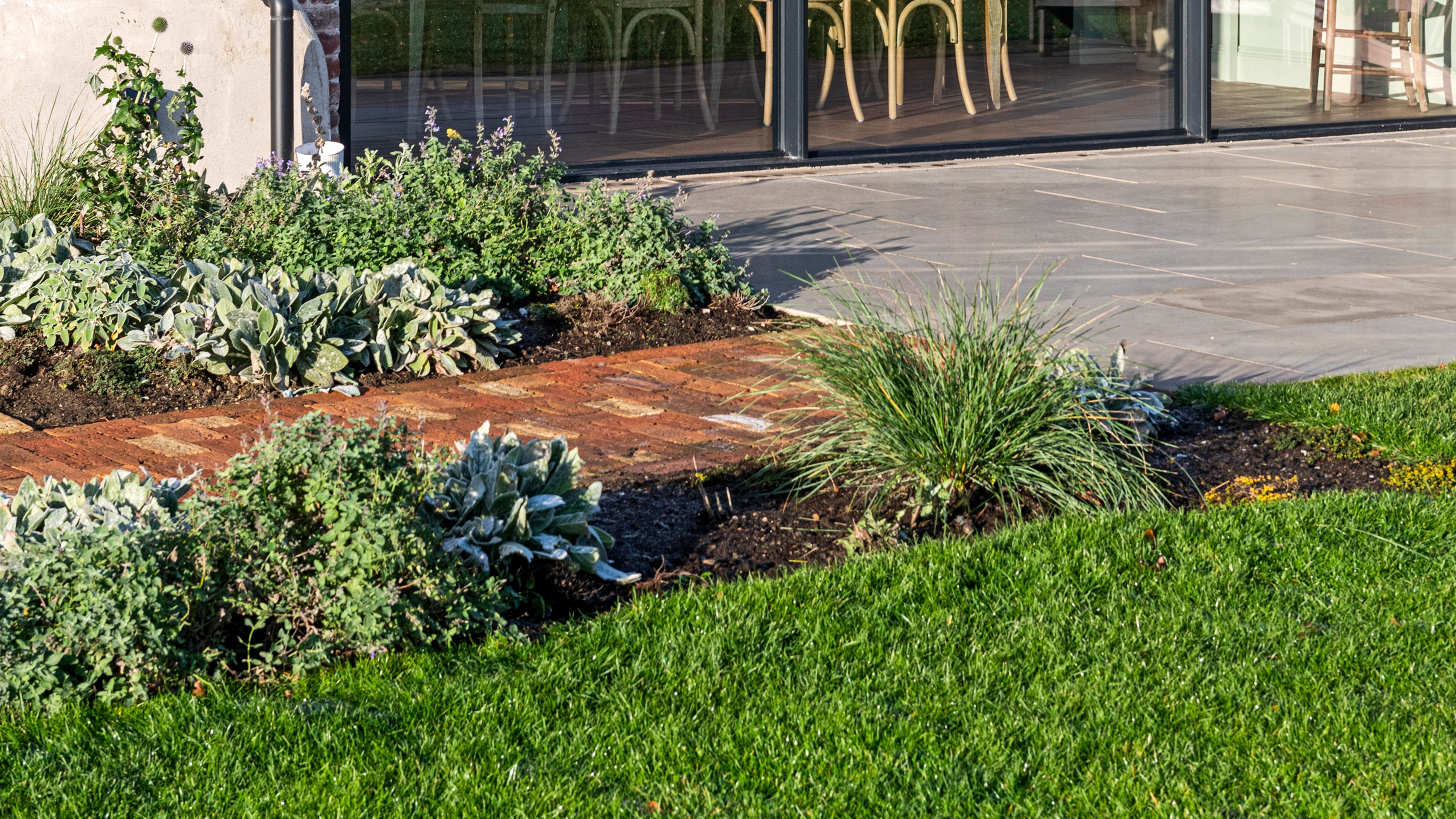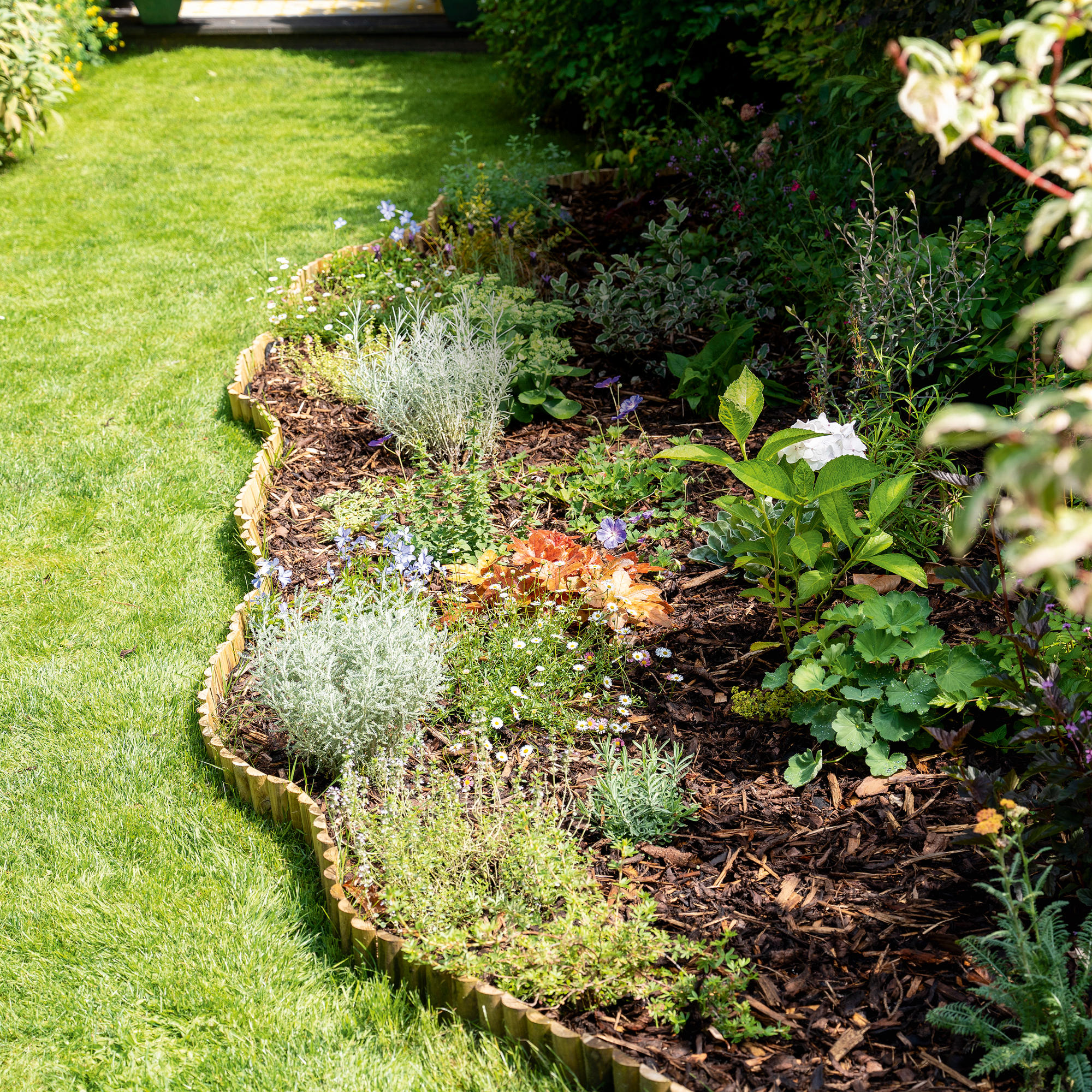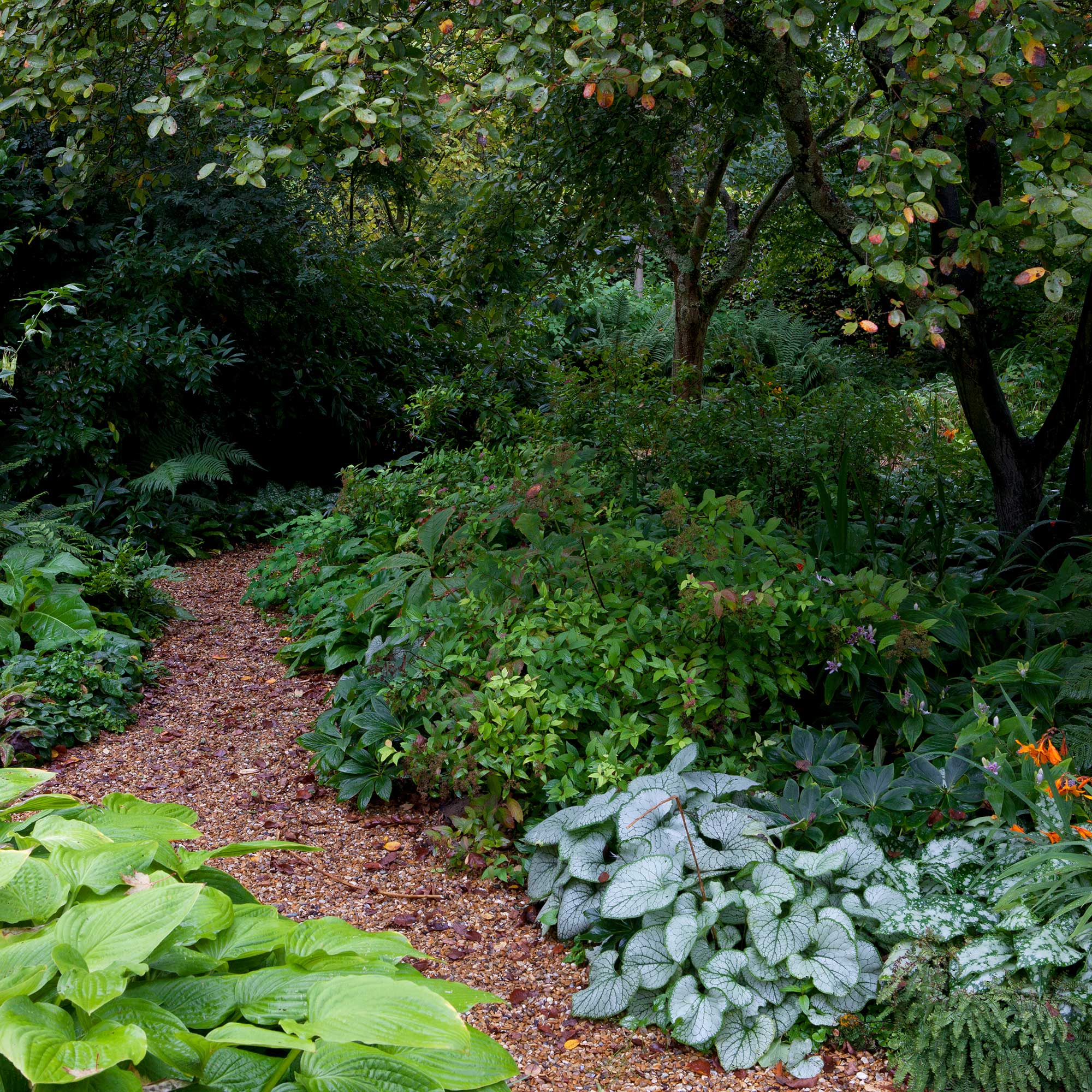Mulch vs membrane – experts reveal the best way to keep weeds at bay in your garden
Weed control is a tricky job, so it’s best to go in with the best tools for the job…


Mulch vs membrane? It’s the gardening equivalent of Shakespeare’s “To be or not to be?”, quite frankly, because while many weeds have undergone something of a press makeover (some of them are now “it” plants!), weed control remains a sizzling hot topic.
Of course, not all weeds are created equal – there are weeds that you should leave in the garden, whether for the sake of pollinators or because they’re quite pretty in the right setting. For the truly invasive offenders, though, the battle lines are drawn, and how you choose to fight them can make all the difference.
Enter, then, the big mulch vs membrane debate comes in. Get it wrong, and you could be making some common weeding mistakes that give your green foes the upper hand. Get it right? It's plain sailing ahead...

There's a lot to consider when it comes to sussing out if mulch vs membrane is best for the weeds in your garden; you could harness the many benefits of different types of mulch – from bark chippings to composted leaves – and find your garden positively thrives.
Then again, choosing the right membrane for your soil and planting style could make weed control a whole lot easier in the long run. But is easier truly the same as better?
'Both membrane (also known as landscape fabric) and mulch are used to suppress weeds in gardening, but they are not equal and the reasons for using them are very different,' says Morris Hankinson of Hopes Grove Nurseries.

Morris Hankinson is the founder and managing director of Hopes Grove Nurseries Ltd, the UK’s only specialist grower-retailer of hedging plants. He established the thriving business in 1992, shortly after graduating with a Commercial Horticulture Degree from Writtle College, Essex.
A permeable membrane is usually a synthetic fabric which is rolled out over the soil to halt weed growth. It allows water and air through to the soil and it can be useful to stop weeds, but more tenacious weeds may still make their way up through the fabric and around edges,’ he continues.
Sign up to our newsletter for style inspiration, real homes, project and garden advice and shopping know-how
As such, Morris adds, membrane is most useful if laid underneath pathways, gravel and around low-maintenance border plants.
‘It lasts a long time but depending on the type, it will break away at the edges and is often not environmentally friendly. Permeable membrane doesn’t do anything to feed the soil and over time can even cause soil impaction. It is best used for harder-to-maintain areas,’ he stresses.

If you truly want a pro’s definitive answer on the mulch vs membrane debate, then Morris is firmly on the side of the former.
‘Mulch is also used to suppress weeds as it blocks out light, the same as a membrane, allowing water and air flow. However, it can also feed the soil and plants as it decomposes, regulates soil temperature and can support soil life,’ he says.
‘It will break down and need replenishing if using mulch such as leaf mould, well rotted garden compost, manure or straw, but in the meantime, if applied thickly enough, it will stop weeds from germinating.’
If you want to boost the impact of your mulching efforts, Morris says, ‘a layer of cardboard under the mulch will help this process even more’.
‘Mulch is better for gardens with flowers and vegetables,’ he adds.
Try something like RHS SylvaBark pine mini mulch from £18.99 at Crocus if you don't have time to make your own.
FAQs
Is mulch the best way to prevent weeds?
Mulch is one of the best ways to prevent weeds, but it's not a magic bullet by any means.
'A good thick layer – we’re talking 5–7cm – will smother most annual weeds, lock in moisture, and improve the soil as it breaks down. But you’ve still got to get the basics right: clear the worst offenders before you lay it, and keep an eye out for perennial weeds like bindweed and couch grass that can muscle their way through,' says Christopher O'Donoghue, director at Gardens Revived.

A gardener with over a decade of experience under his belt, Christopher set up Gardens Revived with his brother, Andrew, in 2018 to create a thriving family business. Together, they have worked on residential gardens, listed buildings and gardens, flower shows and large estates with some exceeding 70 acres – many with historical significance.
'Mulch is part of the battle plan, not the whole war,' he adds.
Do you need to use membrane under mulch?
While some people use membrane under mulch, you really don't have to in order to reap the full impact.
'Membrane under mulch can make planting and soil improvement harder, and if the mulch layer thins over time, light can sneak through the gaps and weeds will grow anyway,' says Christopher O'Donoghue of Gardens Revived.
'I’d rather invest in a generous layer of organic mulch and top it up every year,' he continues. 'That way you’re feeding the soil and suppressing weeds in one go. Membranes have their place, especially in low-maintenance areas with shrubs, but in a busy, living border? I want the soil to breathe.'
And there we have it; a definitive answer on the ceaseless mulch vs membrane debate. Essentially, use the former wherever you can and keep the latter for pathways and similarly tricky areas – and remember to opt for a biodegradable weed membrane wherever you can, to rack up those ecofriendly points.
Good luck battling those weeds!

Kayleigh Dray became Ideal Home’s Acting Content Editor in the spring of 2023, and is very excited to get to work. She joins the team after a decade-long career working as a journalist and editor across a number of leading lifestyle brands, both in-house and as a freelancer.
You must confirm your public display name before commenting
Please logout and then login again, you will then be prompted to enter your display name.